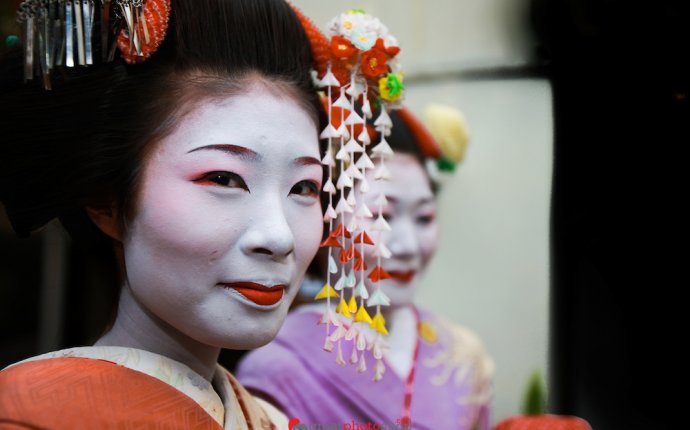
what are people from japan called
 By William Kremer and Claudia Hammond BBC World Service
By William Kremer and Claudia Hammond BBC World Service
Image copyright Unknown
As many as a million young people in Japan are thought to remain holed up in their homes - sometimes for decades at a time. Why?
For Hide, the problems started when he gave up school.
"I started to blame myself and my parents also blamed me for not going to school. The pressure started to build up, " he says.
"Then, gradually, I became afraid to go out and fearful of meeting people. And then I couldn't get out of my house."
Gradually, Hide relinquished all communication with friends and eventually, his parents. To avoid seeing them he slept through the day and sat up all night, watching TV.
"I had all kinds of negative emotions inside me, " he says. "The desire to go outside, anger towards society and my parents, sadness about having this condition, fear about what would happen in the future, and jealousy towards the people who were leading normal lives."
Hide had become "withdrawn" or hikikomori.
In Japan, hikikomori, a term that's also used to describe the young people who withdraw, is a word that everyone knows.
Tamaki Saito was a newly qualified psychiatrist when, in the early 1990s, he was struck by the number of parents who sought his help with children who had quit school and hidden themselves away for months and sometimes years at a time. These young people were often from middle-class families, they were almost always male, and the average age for their withdrawal was 15.
It might sound like straightforward teenage laziness. Why not stay in your room while your parents wait on you? But Saito says sufferers are paralysed by profound social fears.
"They are tormented in the mind, " he says. "They want to go out in the world, they want to make friends or lovers, but they can't."
Symptoms vary between patients. For some, violent outbursts alternate with infantile behaviour such as pawing at the mother's body. Other patients might be obsessive, paranoid and depressed.
Otaku v hikikomori
Image copyright Getty Images- An overlapping group of people with the hikikomori, otaku are "geeks" or "nerds"
- They are known for their obsessions, especially manga cartoons and anime
- "Otaku" is the formal word for "you" in Japanese - it's thought that the term came about from the tendency of socially awkward manga fans to use over-formal language
- In press coverage, both otaku and hikikomori have been linked with serious sex crimes
When Saito began his research, social withdrawal was not unknown, but it was treated by doctors as a symptom of other underlying problems rather than a pattern of behaviour requiring special treatment.
Since he drew attention to the phenomenon, it is thought the numbers of hikikomori have increased. A conservative estimate of the number of people now affected is 200, 000, but a 2010 survey for the Japanese Cabinet Office came back with a much higher figure - 700, 000. Since sufferers are by definition hidden away, Saito himself places the figure higher still, at around one million.
The average age of hikikomori also seems to have risen over the last two decades. Before it was 21 - now it is 32.
So why do they withdraw?
The trigger for a boy retreating to his bedroom might be comparatively slight - poor grades or a broken heart, for example - but the withdrawal itself can become a source of trauma. And powerful social forces can conspire to keep him there.
One such force is sekentei, a person's reputation in the community and the pressure he or she feels to impress others. The longer hikikomori remain apart from society, the more aware they become of their social failure. They lose whatever self-esteem and confidence they had and the prospect of leaving home becomes ever more terrifying.
Parents are also conscious of their social standing and frequently wait for months before seeking professional help.
Image copyright Kadokawa Shoten Image caption "I don't want to talk to anybody. I don't want to do anything. I don't even have the will to pick up the phone. Just what am I supposed to do?" Welcome to NHK! was a novel, comic book and cartoon about the life of a hikikomori. (Copyright Tatsuhiko TAKIMOTO 2004, Kendi OIWA 2004. Published by KADOKAWASHOTEN.)A second social factor is the amae - dependence - that characterises Japanese family relationships. Young women traditionally live with their parents until marriage, and men may never move out of the family home. Even though about half of hikikomori are violent towards their parents, for most families it would be unthinkable to throw them out.
But in exchange for decades of support for their children, parents expect them to show respect and fulfil their role in society of getting a job.
Matsu became hikikomori after he fell out with his parents about his career and university course.









